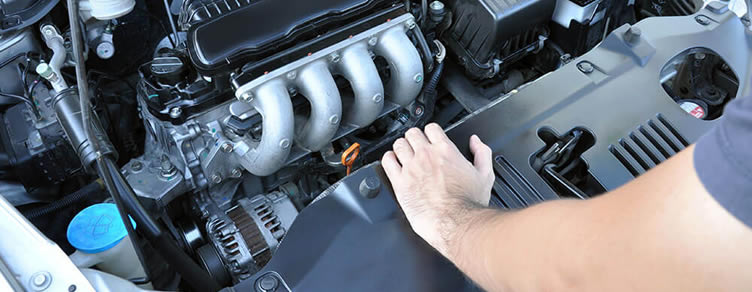How Do I Look for Faults on a Used Car

Buying a Car – How Do I Look for Faults on a Used Car
When buying a used car you need to tread with caution so you can save yourself future worry. Taking a few precautions before making your purchase can save you a lot of effort and money you would spend dealing with avoidable faults later on.
You need a guide on how to check faults on used cars before deciding to buy. In this post, you will learn a few tips on how you can check a used car for any potential faults. Let’s get started!
-
Have a Good Look at the Car
Your natural instinct always wants us to have a good look at things we’re buying, but we often take it for granted. If you’re buying a used car, best practice requires that you have a good look round the car for any damage on the body like scratches, dents, rust and so on. Take a few moments to look for any uneven gaps between the panels. This can indicate some problems on the underside of the car that may have occurred as a result of poor repairs or damage from an accident.
-
Take Note of the Car Colour
Take a close look at the car to see if the colour is even. An uneven colour can be a sign of a shoddy repair, which could have serious consequences at a later time.
-
Check the Lights
Check all the lights, indicators, and lenses to see if they are in perfect condition. This will help you to avoid additional expenses that could surface after the purchase.
-
Check the tyres
The tyres are very important, especially for your safety. So start by checking if the tread level is okay. Be sure that any wear right across the tread is even. Uneven wears can be a sign of faulty suspension.
-
Apply Pressure to Check the Strength of the Suspension
To test for the condition of the car’s suspension, press down on each corner of the car. The car will bounce back instantly if all is well with the suspension. But, if it takes a few moments before the car return to its original state before the downward pressure, then there may be a potential problem.
It should be noted, however, that a bit of damage does not mean you should walk away. You can still negotiate with the seller until you’ve reached a compromise on price. The seller can fix the damage or give you some discount on the price.
Things to Check inside the Car
Aside from the above things that you can check on the outside when buying a used car, there are things you need to check on the inside as well. First, ensure the mileage is consistent with what is on the paperwork. You can also check if the wear in the car matches the miles on the clock. For example if the odometer states low miles but you’re seeing smooth plastic on the steering wheel or gear lever, worn pedal rubbers or frayed fabric on the seats indicating high miles, it’s a good idea to ask questions.
Get in the driver’s seat and check to ensure everything works. Pull out the seat belts and allow them to retract to see if they have a smooth movement. Check the seat adjustments as well as the steering wheel to see if they are OK. Check the ventilation as well to ensure it blows both hot and cold. And finally, check all the equipment from the central locking to the stereo, and then the interior lights, including the electric windows and mirrors. Ensure they all work properly.
Car Seat and Boot Checks
Finally, check the back seats and the boot, including the seat-folding mechanisms. It is also important that you check under the seals for any sign of repainting or replacement parts that may indicate sign of an accident in the past. Buy the car if and only if all the parts are in good condition.
We hope this quick guide helps you!

